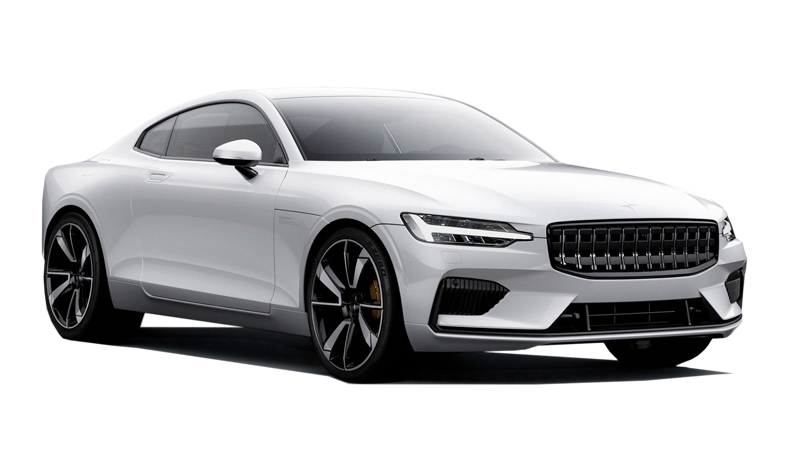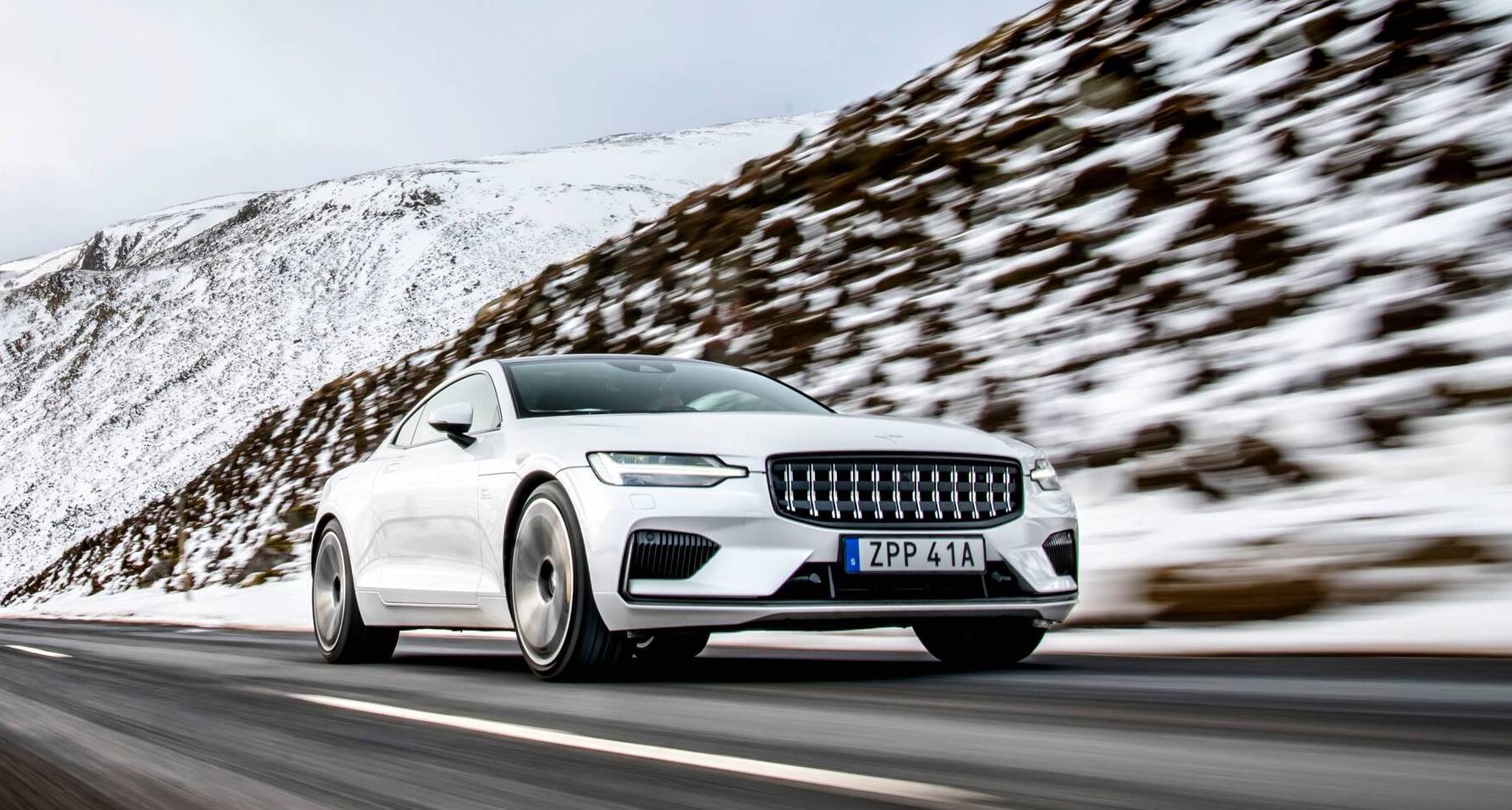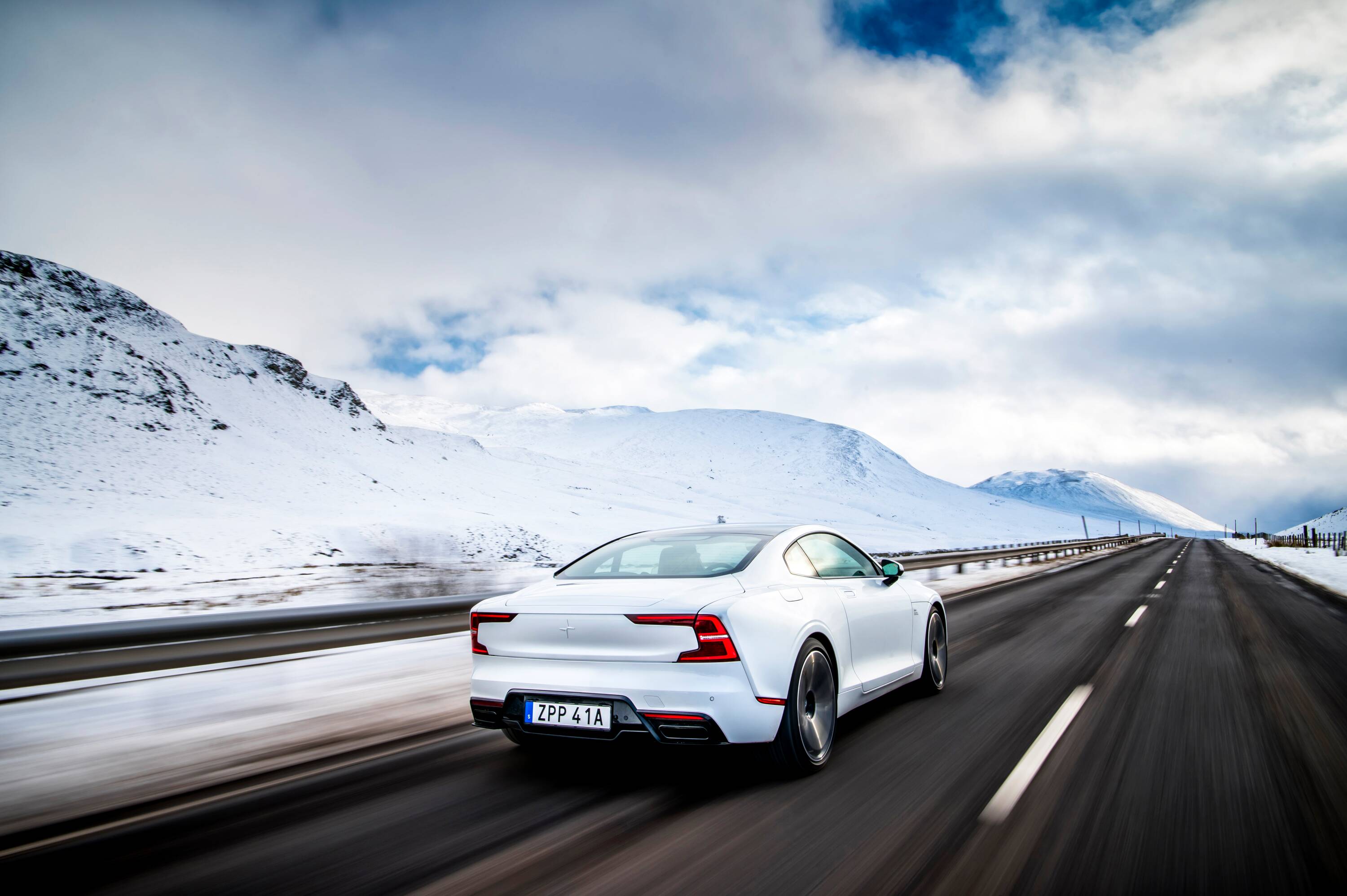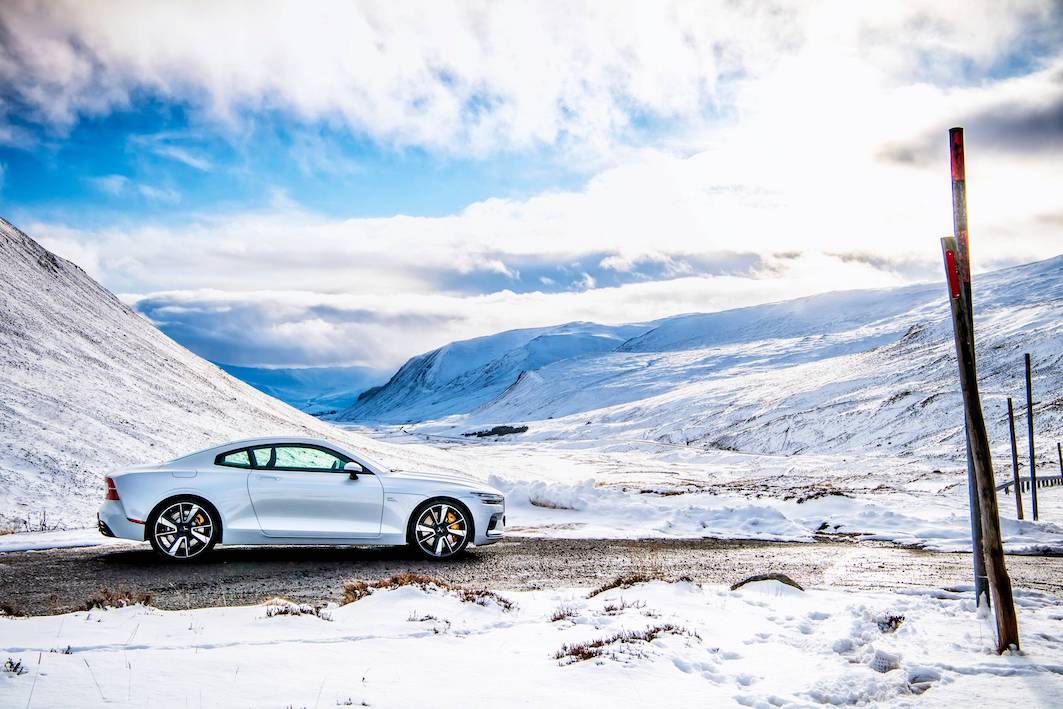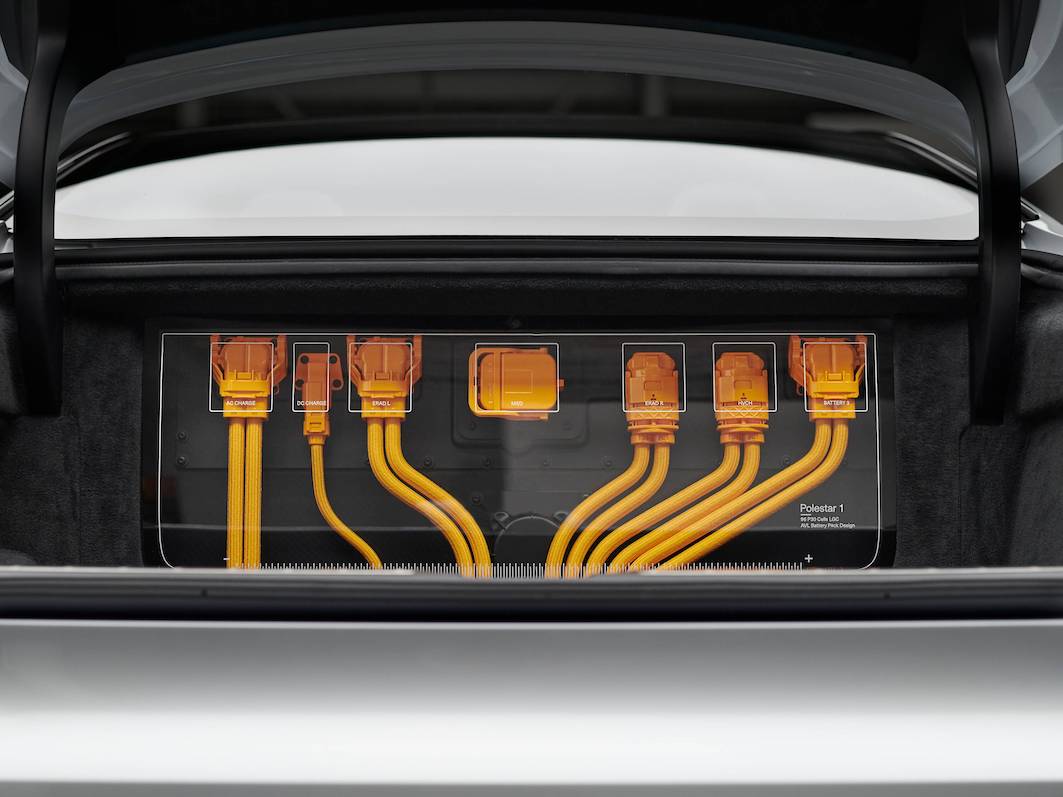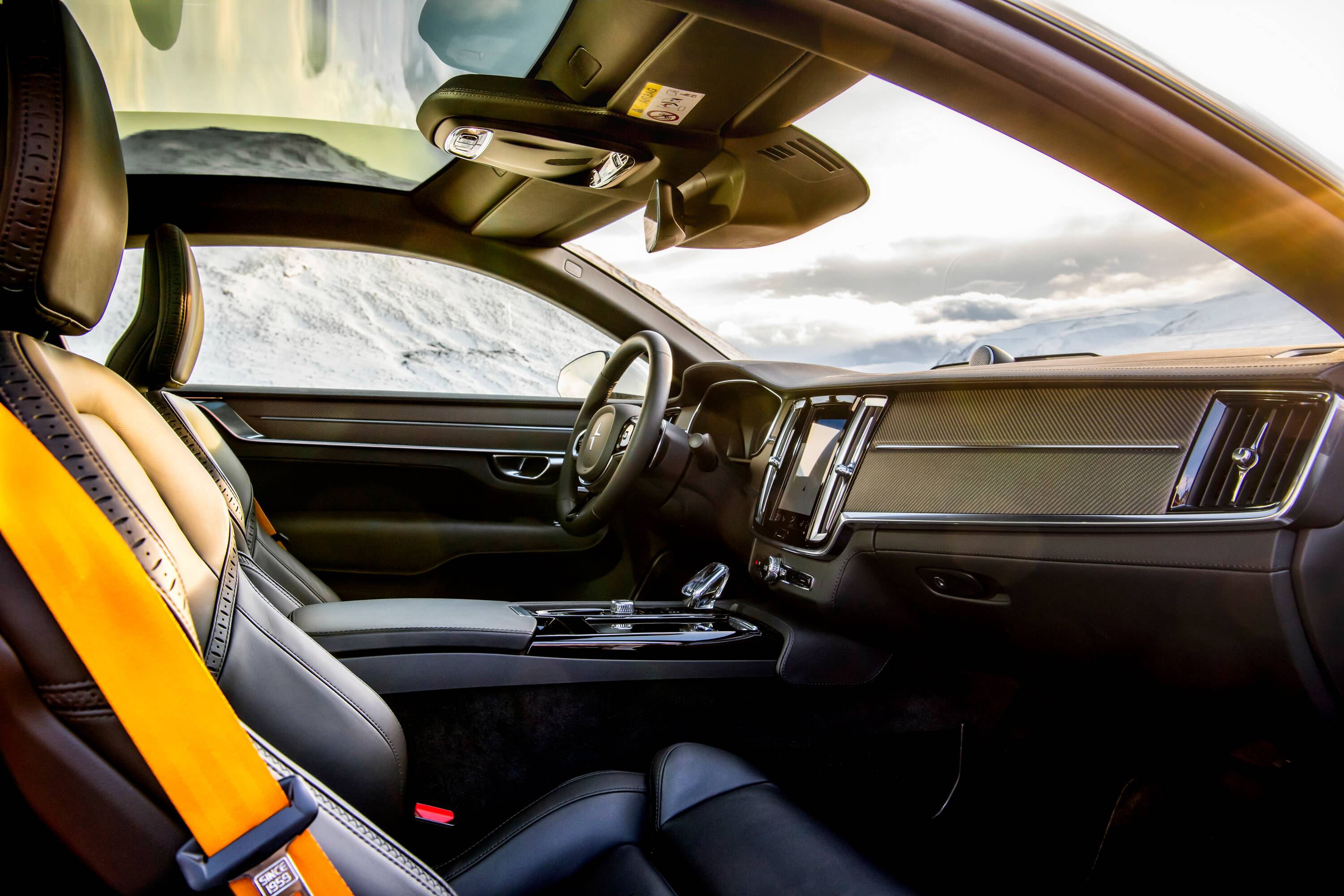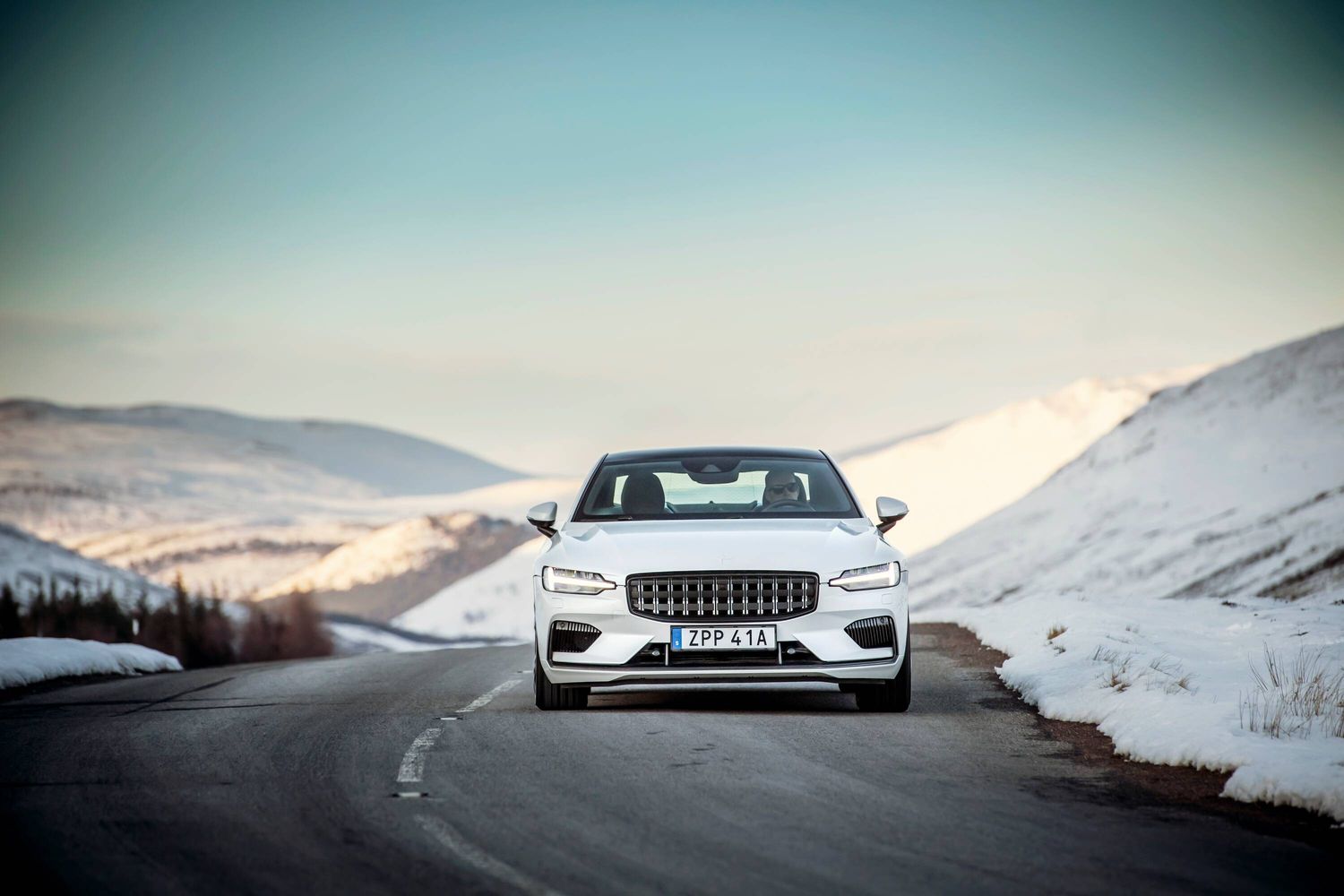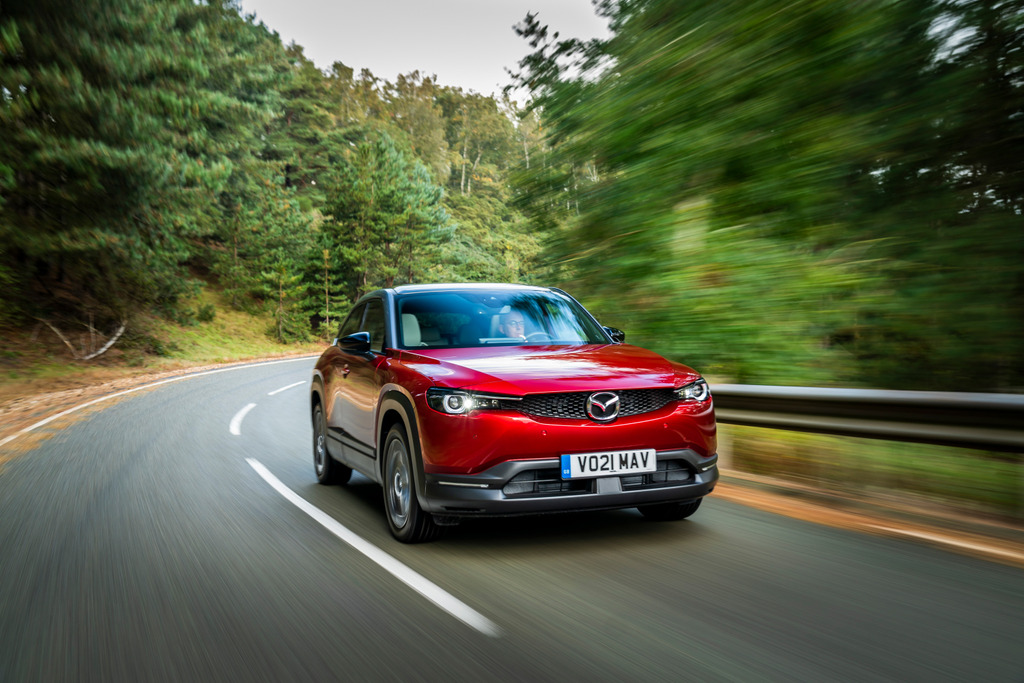Part of this is because no-one quite knows what it is of course. Even after the arrival of the Polestar 2, the brand is not well known and the badge gives nothing away. Small children who want to cross it off their I-Spy books will have to look at the odd inscription on the front wings for details of this car's identity.
There are a few reasons this car will always be a rare sight, despite those looks and some truly impressive statistics. This is a car with 601bhp – that’s more than twice as much as a Porsche Boxster – and yet it can drive 77 miles on electric power alone and produces just 13g/km of CO2.
There are two big catches though. The first is that the steering wheel is on the wrong side of the car for British traffic. The second is the price, which puts the 1 up against cars such as the McLaren 540C and Aston Martin DB11 if you want to go old-school petrol, or the Porsche Taycan Turbo S if you’re ready to take the plunge to full electric. There's a Tesla Model S Plaid on the way too.
If we assume for a minute that you’re lucky enough to not care about the cost, the left-hand-drive could be more of an issue. The Polestar is 2,032mm wide, which fractionally wider than a full-sized Range Rover. That makes urban width restrictions impassable, tight streets nerve-wracking and country lanes stressful.
If you are on a wider road and can acclimatise to sitting on the wrong side of the car, the Polestar 1 starts to make a lot more sense. For a start, it can travel for up to 77 miles on electric power alone, thanks to a whopping 34kWh battery. That’s bigger than you’ll find in a MINI Electric, for example. In most situations the car will happily stay in this mode if you ask it to, by selecting the ‘Pure’ setting. Shift to ‘Hybrid’ and the car will decide what’s best, it only firing up the engine if you demand extra power or it’s cold outside and it wants a faster warm up.
When it’s just the electric motor in use the Polestar is driving the rear wheels, while the petrol engine only ever sends its power to the front. That’s unusual for a car with this sort of performance.
There’s an AWD mode, which keeps both the petrol and electric motors running and is designed for slippery conditions. The final mode is Power, which seems to keep the Polestar in a state of readiness to respond quickly if the driver needs to go quickly. If you are coming up behind slower traffic for example and 1 will be ready to give you instant overtaking power.
And it certainly isn’t short of punch. Press the accelerator and the two electric motors give an instant response. There’s even another electric boost given by the starter motor. This is then followed by the power from the petrol engine. It’s a four-cylinder unit which uses both a turbo and a supercharger, so it never sounds exotic or interesting but it isn’t short of horsepower. The Polestar manages to combine the output from all of these four sources and turn it into seamless ‘go’.
When you need to slow down the Polestar impresses too. It’s not just the ability to wipe off speed, but the way it can switch between regen braking and using old fashioned pads against disc. You never notice the difference in everyday use.
Reach a corner and the Polestar’s wide, low stance and means it never feels anything but stable and predictable. It’s actually remarkably unsophisticated compared to the clever air-springs which are fitted to rivals such as the Taycan, but it never feels old fashioned. It’s tuned more to be a grand tourer than a sports car though, so it doesn’t feel as thrilling as a McLaren but it wouldn’t be as tiring over a long journey either.
The grand tourer feel applies to most of the inside of the car too. It’s incredibly comfortable for front seat passengers and there is space for small children in the back too. But if you’re carrying any load bigger than a couple of small shopping bags you’ll need to use those back seats. The boot is comically small at 126 litres, which is smaller than most city cars. Most of the space is taken up by a charge cable if you want to carry one.
We were a little embarrassed to open the boot anyway, as it has windows which show some of the battery connection cables. It looks like a cross between a museum exhibit and a boy-racer’s show stereo install. That, the strange stickers on the wings and bright yellow seat belts are the only parts of the Polestar 1 which don’t feel tasteful and restrained.
Together with the performance and zero-emission capability it means the Polestar is a hugely desirable car. But its main problem is that an all-electric Taycan does most things better, as long as you don’t mind charging on longer journeys. The discontinued BMW i8 felt a bit more special to drive and also had a clever hybrid powertrain. It was actually a little more practical too, despite looking like a supercar. If neither of those appeal, there are plenty of conventional cars vying for your six-figure sums. Any of these options will also have the benefit of the steering wheel on the correct side.
That leaves the Polestar in a tiny niche for well-heeled drivers who really want something different. It means the 1's greatest asset - its exclusivity - will remain intact.










